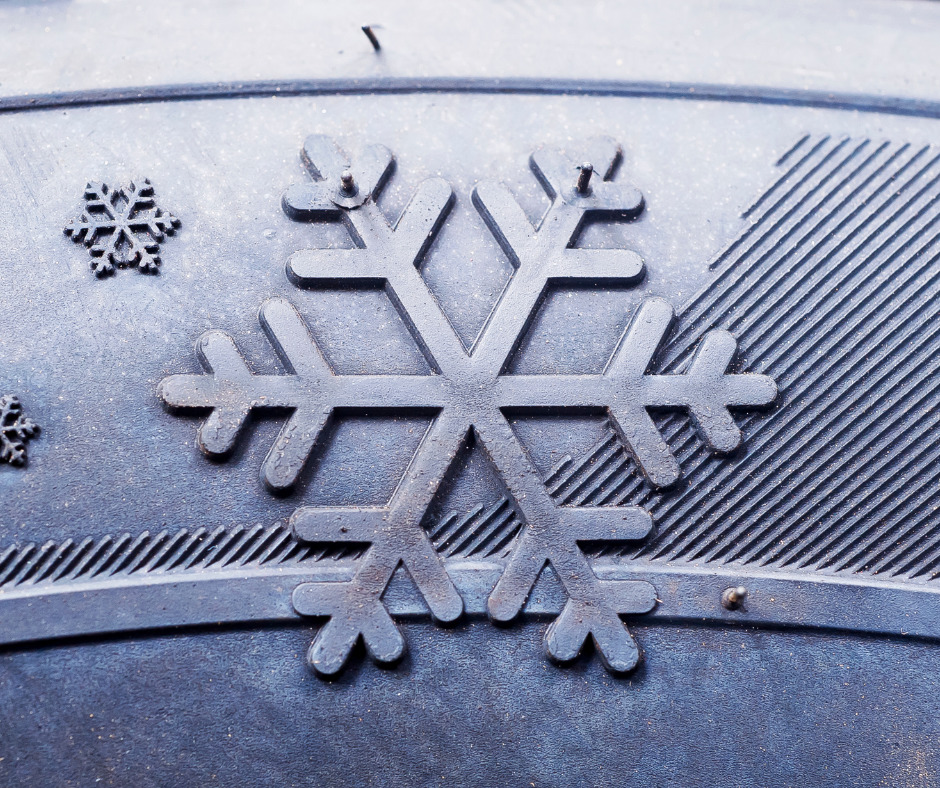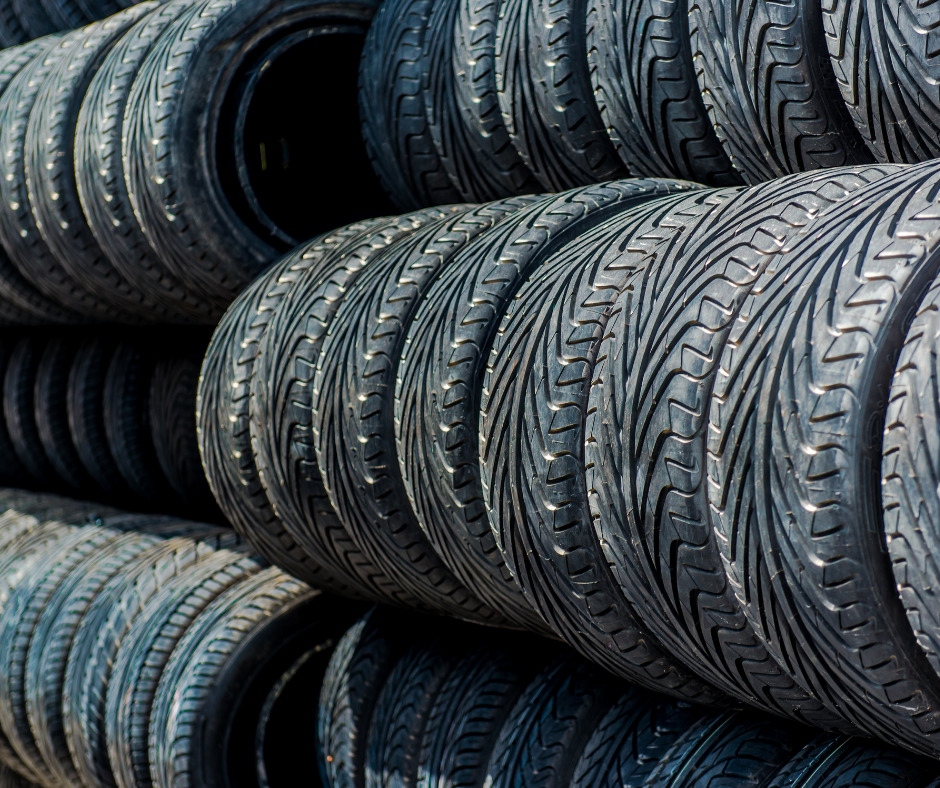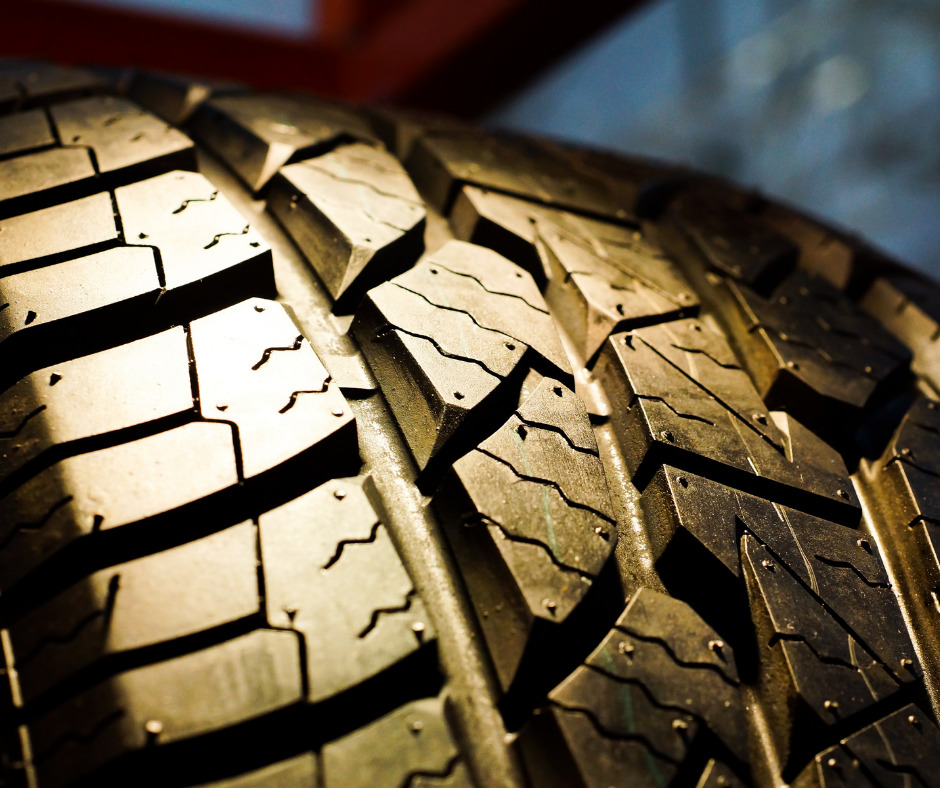Top 3 Elements to Consider When Choosing Winter Tires

.Winter is coming. No matter how much we try to avoid it or deny it the fact remains that winter is almost here. One of the best ways to keep you and your family safe during this long season is by putting winter tires on your vehicle. When the temperature falls below 7°C rubber can stiffen up and make traction and braking more difficult. Other than snow in the winter we also have to deal with freezing rain, ice, water, and the risk of hydroplaning. Having winter tires on your car helps you maintain control in all of winter’s worst driving conditions as they are designed to take on winter and all of its challenges. First Gear has created a list of the three most important elements of winter tires and what you should be looking for when making your purchase.
SIZE

Size does matter when it comes to choosing the right winter tire. To find out the size of your tire just look at one of the tires that are currently on your vehicle. There will be a lot of numbers and letters that all mean different things but the one you are looking for will be something like this; 205/55R16. Now let’s talk about what this number means.
205 – This is the width of the tire measured from the widest point of the inner sidewall to the widest point of the outer sidewall in millimeters.
55 – This number represents the aspect ratio as a percentage measured as the sidewall distance, from the wheel rim to the outside of the tread, is 55% of the section width.
R16 – This is the wheel diameter in inches. So this is a 16-inch diameter wheel.
Knowing your tire size is extremely important. Putting the wrong size tire on your vehicle can cause tire damage, major damage to your car, and may impede your steering and control. When it comes to buying new tires, awaken your inner Goldilocks and make sure they fit just right. It s also important to make sure that you purchase 4 of the same tires. Putting winter tires only on the front or rear of your vehicle creates a big difference in traction between your axles. This will result in less steering control which is very dangerous in winter weather.
TREAD

Tire tread is the lined or blocked pattern on the surface of a tire that provides traction for the tire. The tread pattern changes depending on the type of tire and vehicle but the use is the same. A tire’s tread is designed to grip the road while preventing snow and sludge from accumulating on it. It allows rain, snow, mud, or any other element to pass through the tire without the automobile losing traction. It is therefore a key element to consider. Tire tread can be up to many inches or centimeters deep. Winter tires have larger, deeper treads which allow greater brake control, traction, and safety when driving in snow or icy and muddy road surfaces.
RUBBER

Maintaining control of your vehicle in icy, snowy weather is the most important job of your winter tires. Summer and all-season tires are made with a stiffer rubber compound than winter tires. This helps the tire retain its shape when it’s rolling on hot pavement. When the temperature drops below 7°C, all-season tires lose too much traction and flexibility for safe driving. Winter tires are made with hydrophilic rubber which stays softer and more pliable in winter weather. This more flexible rubber is one reason you get more traction on snow and ice.
Snowy, icy, slushy roads are very uneven and are comprised of tons of tiny peaks and valleys. Since snow tires rubber is more flexible it can fit into the microscopic grooves. This allows the tire maximum contact and uses all of its surfaces to push off as it moves forward. If the tire rubber is not flexible, it cannot get into the microscopic grooves. This means, the contact surface area is just a fraction of what would be possible if the tire was flexible. With better rubber on your tires, your vehicle will brake more effectively and reliably and will also handle better when turning.
Take control of your vehicle’s safety and put winter tires on before the snow flies. First Gear Automotive is available to answer all of your winter tire questions, help you order the right tires for your vehicle, put your winter tires on and store your summer tires for you. Book your appointment today.
